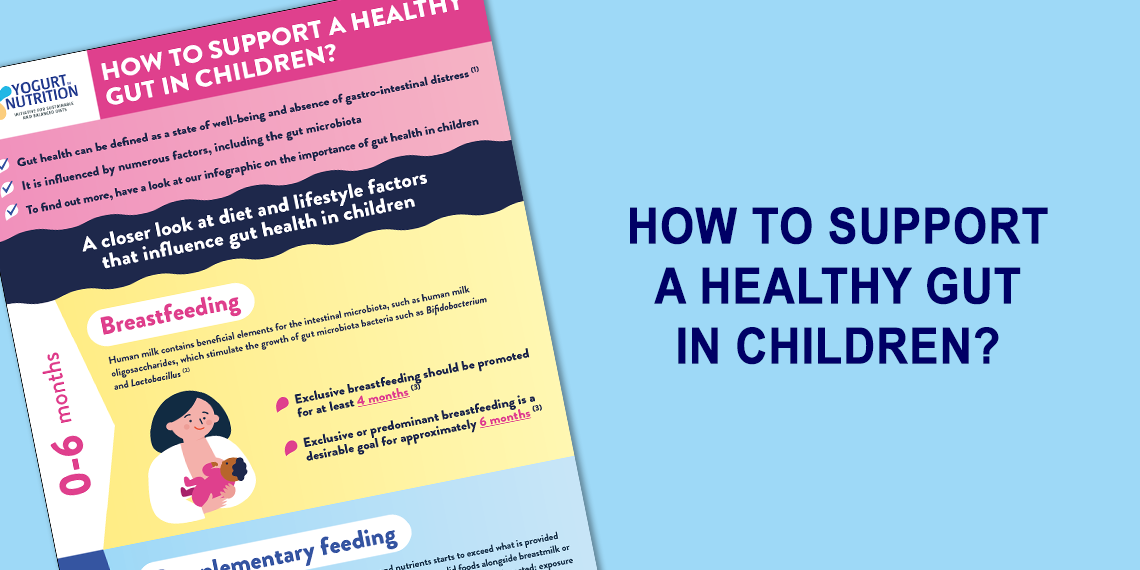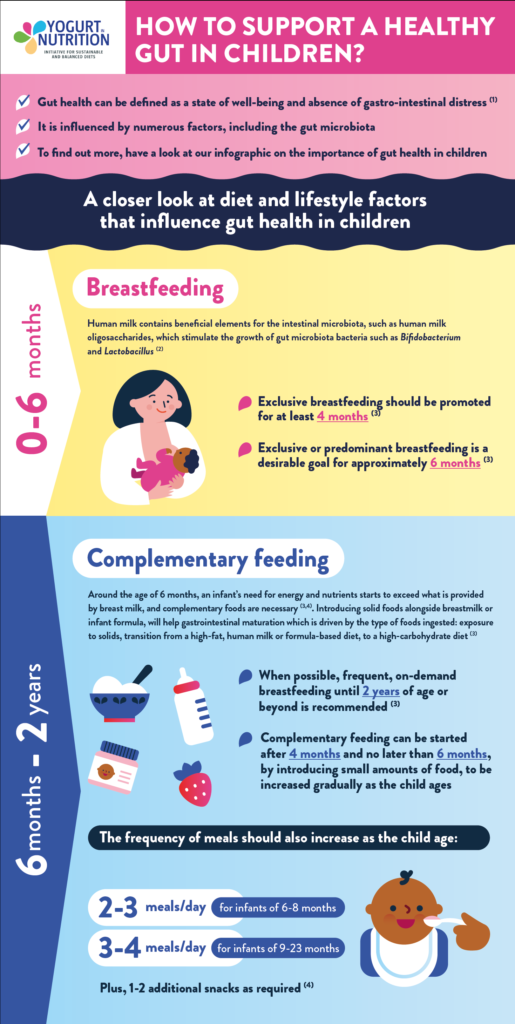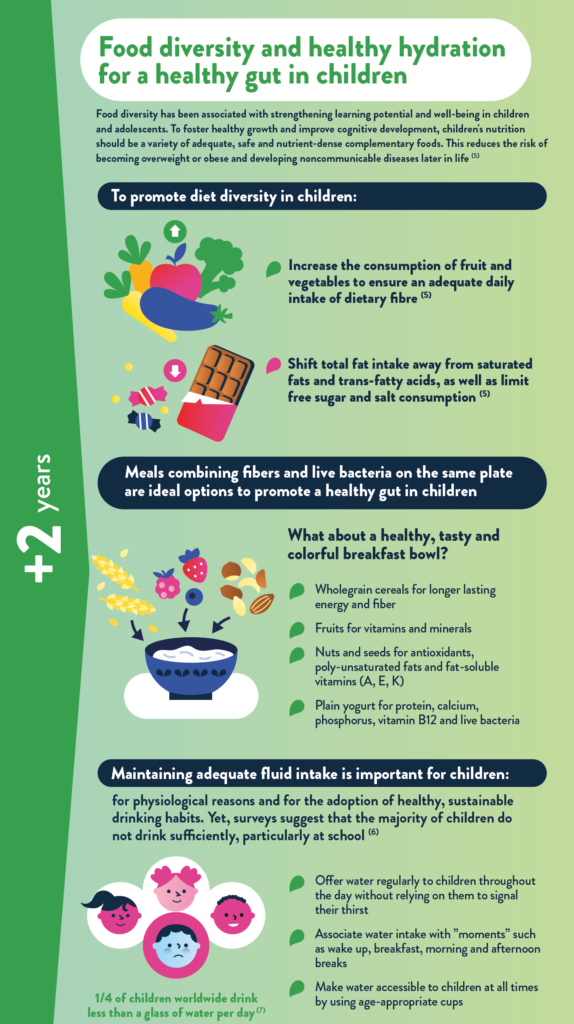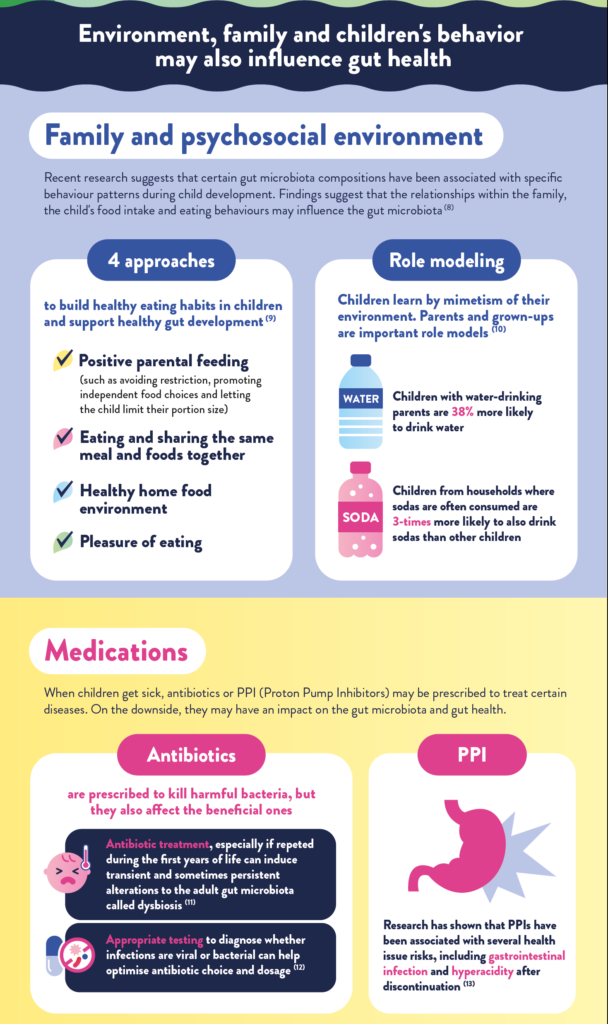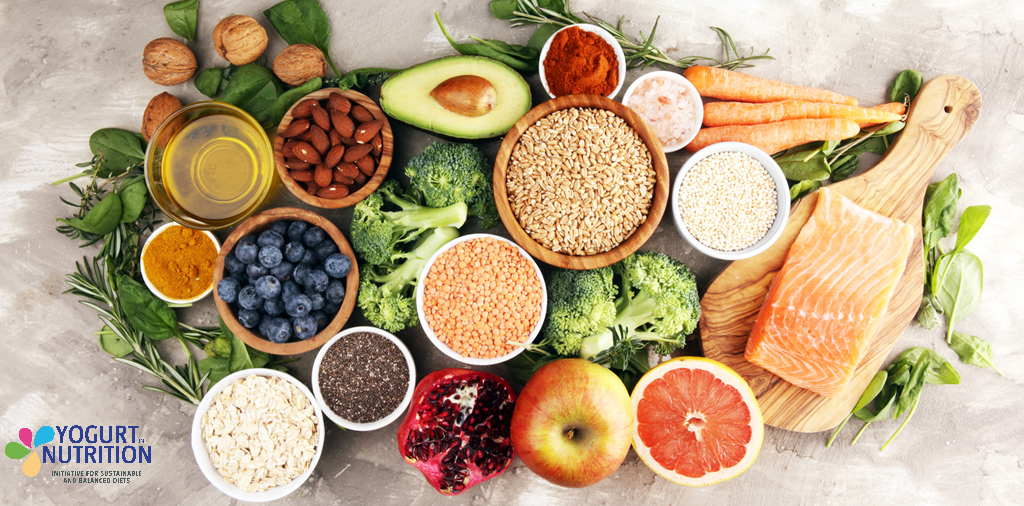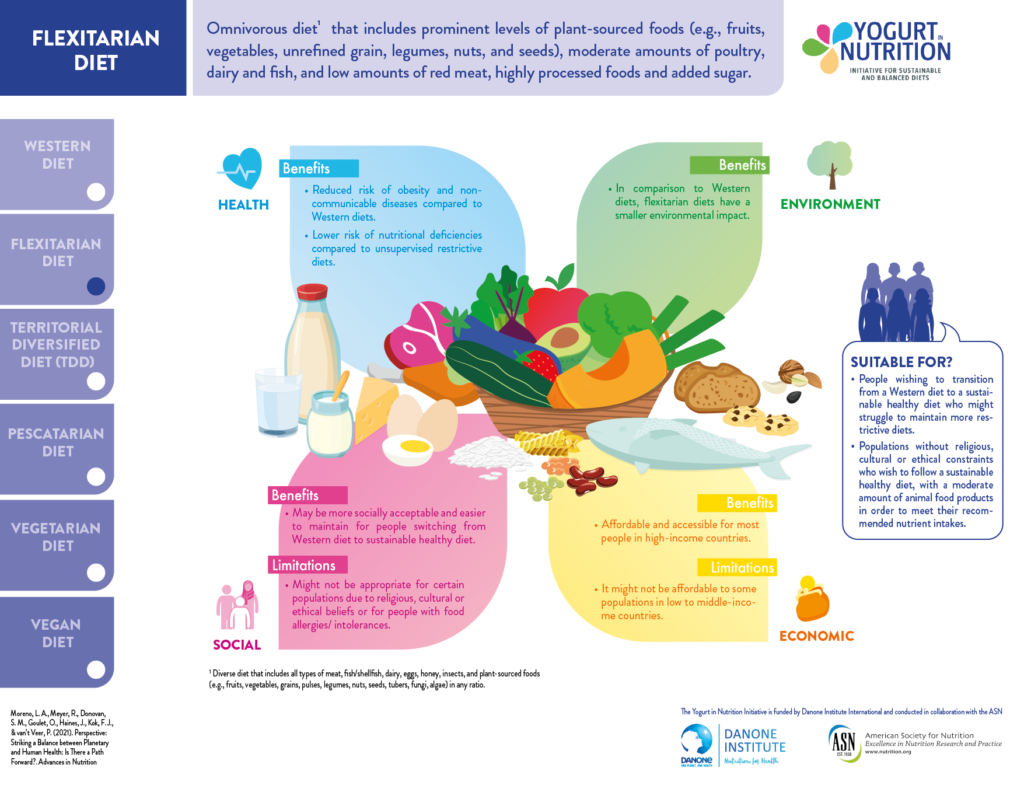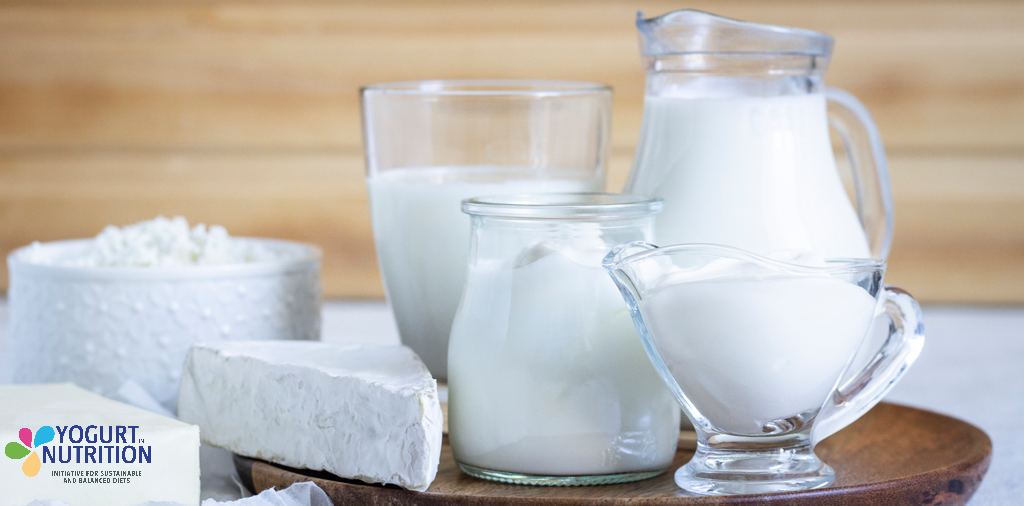Many of the foods we eat are processed in some form or other and they can be healthy choices in a balanced diet rich in fruit and vegetables. Deciding which processed foods to avoid depends on the amount and type of processing and your overall diet.
Consumption of foods that have undergone a lot of unnecessary processing is still on the rise despite being identified as a contributing factor in obesity and diet-related diseases such as diabetes, heart disease and certain cancers. It makes sense for health-conscious folk to steer clear of these types of foods – but should we be avoiding all processed foods?
What is food processing?
Food processing isn’t a new idea and has been used throughout our history. It can be as simple as cooking, freezing, canning, drying, fermentation and pressing (olives and seeds to produce oil, for example).
Benefits of processing food include preservation, making foods safe to eat; improving nutritional quality (by adding nutrients or removing anti-nutritional factors) and digestibility; enhancing flavour; and making foods more widely available, affordable and convenient.
While some level of food processing can be beneficial, highly processed food products can be unhealthy.
NOVA classification system for processed foods
Various classification systems for processed foods are used to shape nutrition policy and food-based dietary guidelines. The NOVA classification system developed in Brazil is most commonly used. It assigns foods to four groups based on how much processing they have gone through:
Group 1: Unprocessed or minimally processed foods
- Unprocessed foods include fruit, vegetables, grains, nuts, seeds, pulses, eggs, fish and meat.
- Minimally processed foods don’t contain any added ingredients and examples are pasteurised milk, plain yogurt, pure fruit juice and frozen natural foods (eg, fruits, vegetables, fish).
Group 2: Processed culinary ingredients
Examples of processed culinary ingredients are oils, butter, sugar and salt, which are produced by processes such as pressing, refining, and grinding.
Group 3: Processed foods
Processed foods are made by combining food products from groups 1 and 2 and involve further processing techniques such as cooking, non-alcoholic fermentation and smoking. Fresh bread, cheese and flavoured yogurt are examples of processed foods.
Group 4: Ultra-processed foods
Ultra-processed foods contain ingredients that we wouldn’t usually use at home when we’re cooking (eg, hydrogenated fats, maltodextrin) and they often go through many manufacturing stages. Common examples of ultra-processed foods are breakfast cereals, reconstituted meat products (eg, sausages), industrially produced bread, ready meals, and savoury snacks such as crisps.
Not everyone agrees with the NOVA classification
The NOVA classification has been criticised by some scientists and food manufacturers. They claim that it gives all industrially prepared food products a bad name, is imprecise and can be interpreted in many ways. They also say that the ‘ultra-processed foods’ group is too broad and includes foods for different reasons (on the basis of additives, preparation methods or high-tech manufacturing procedures).
Some people believe that the link between diet and health is best explained by the composition of foods rather than the amount of processing. They argue that we should be distinguishing between manufacturing methods and food formulation (ie, ingredients and nutrients), which are two distinct aspects of food processing.
Why are ultra-processed foods considered less healthy?
Some ultra-processed foods contain high levels of salt, sugars and fats which are bad for our health if consumed in large amounts. These foods may also contain a variety of additives with no nutritional value such as colourings, flavour enhancers and artificial sweeteners., and some nutrients may be removed during the manufacturing processes. But some additives play a valuable role. For example, preservatives prevent food spoilage by microbes and chemical changes – they protect the quality of food, extend the shelf life and help to avoid waste. Sometimes, nutrients (eg, vitamins, minerals) are added to improve the nutritional value of the food (fortification). Ultra-processed foods are designed to be convenient and appealing foods that taste great. It can be easy to eat more than we should and exceed the recommended amounts of salt, sugars and fats.
What did the authors show in their study?
The authors examined dietary data collected as part of the third Individual and National Study on Food Consumption Survey (INCA3) in France in 2014–2015. They used the NOVA classification system to describe foods.
They found that consuming more minimally processed foods was associated with a higher quality diet. People who ate lots of minimally processed foods had a higher protein intake, including a healthier varied mix of plant-based proteins, and a lower risk of dying from heart disease or diabetes than high consumers of ultra-processed foods. This is particularly significant given the growing interest in more sustainable diets that would include more plant protein, say the authors.
Yogurt is healthy but could be classified as ultra-processed alongside chips!
It can be tricky to know if a food is minimally processed, processed or ultra-processed. Sometimes a food can fall into all these groups depending on how it is made. The important thing to realise is that ultra-processed foods are not all the same and are not necessarily unhealthy.
Yogurt is a good example of a food that remains nutritious regardless of its NOVA classification. Although plain yogurt is minimally processed and is the healthier choice, yogurt becomes ultra-processed just by adding flavors, whether natural or not.
‘…it should be noted that a high consumption of MPF [unprocessed/minimally processed foods] is ubiquitous in traditional reference diets such as the Mediterranean diet which has proven health benefits.’ – Salomé, 2021.
Find out more: read the original article
Salomé M, Arrazat L, Wang J et al. Contrary to ultra-processed foods, the consumption of unprocessed or minimally processed foods is associated with favorable patterns of protein intake, diet quality and lower cardiometabolic risk in French adults (INCA3). Eur J Nutr. 2021 May 8.






